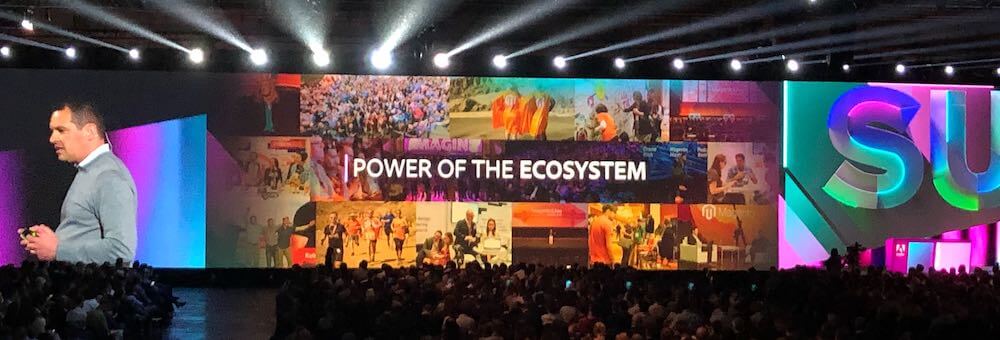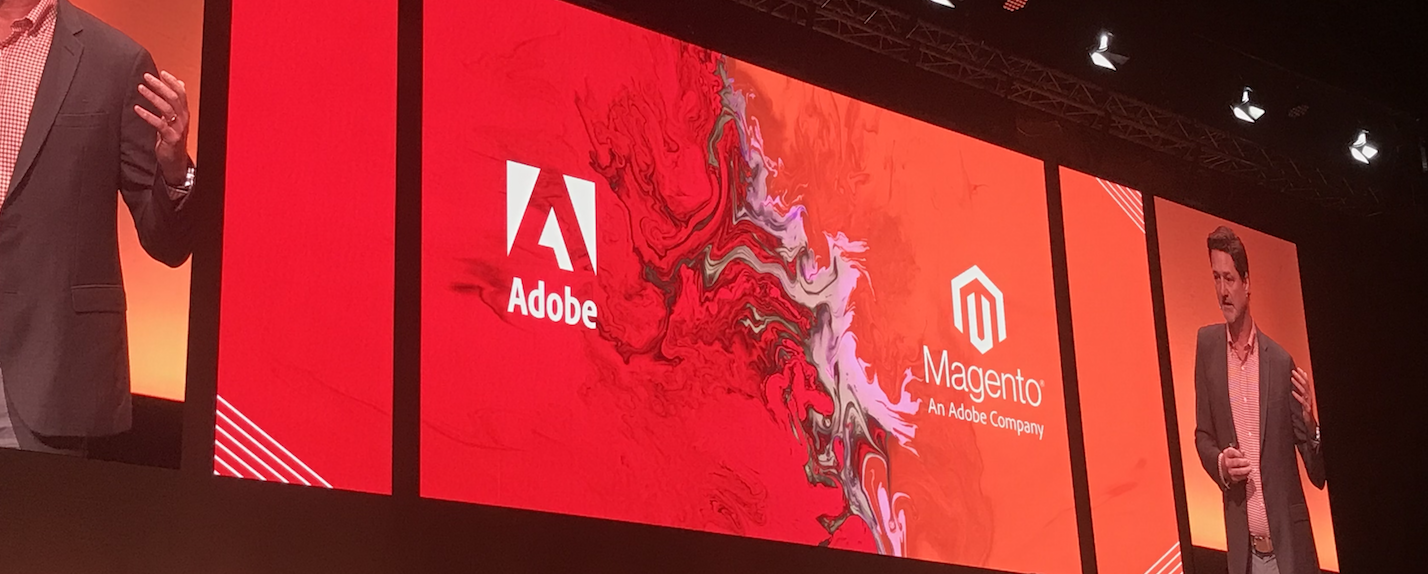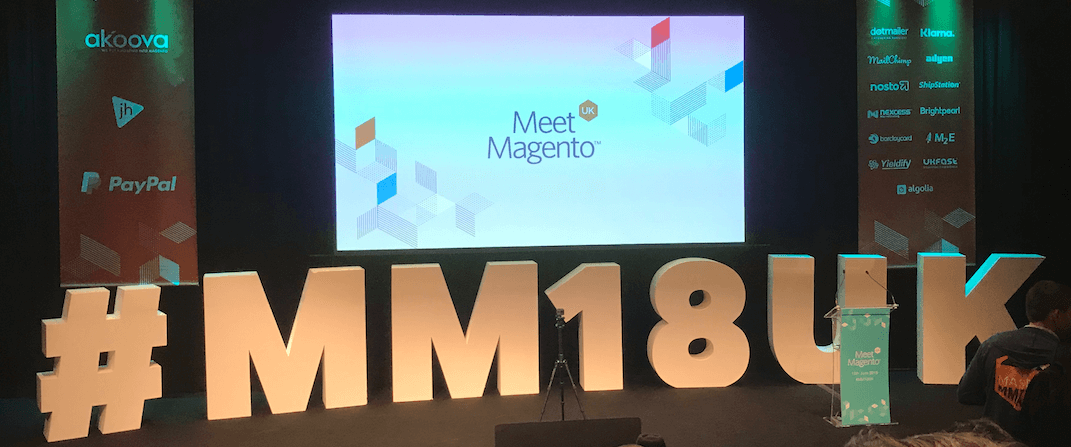
SES London 2015
Space 48 presented Google Shopping
We were delighted to be invited to present at SES London last week
Our presentation was focused on delivering tips for standing out from the crowd by developing an eCommerce PPC strategy and understanding the benefits of having a more analytical approach and how to harness the data. We know that many of you will not have been able to attend so we thought we would take the opportunity to write a blog about it and share our insights.
As with many presentations, it is all in the words that surround this so the slides may not convey the full message so I have summarised our four key tips below and if you would like us to talk you through it, please do get in touch. It’s best to open the slides in a new window and read the text at the same time.
-
Get granular with your structure
Google Shopping can be a powerful tool but it needs to be done properly. Here it is really important that you structure your account so that you can manage your bids in a granular way. Ideally you would take this down to SKU level, isolating best sellers by brand and putting these into their own ad groups to ensure that they can receive enough focus. We appreciate that for retailers with a huge number of SKUs, this can be an issue but in these instances, try to group these into pools of products with similar prices or at least high and low margin products so you may sell a range of Barbour products but you might group the jackets separately to the iPhone covers for example. This granular approach has allowed us to deliver 14% increase in conversion rates with a 55% reduction in CPA on some accounts. We have a previous post on this if you would like to read more.
-
Create campaign landing pages
Landing pages are really important, and it is vital that you direct shoppers to the one which is most likely to give them the product that they are looking for. This is especially true with Google Shopping traffic which is displaying strong buying signals. Best practice is to send traffic through to a product page but if this is not the right product, the visitors will bounce off site and we often see bounce rates of circa 70%. Through looking at the landing page and offering more choices, this will often deliver much stronger results. We have found that pointing to category pages or better still, product pages with personalised alternatives can reduce bounce rates to 30-35% and sometimes even lower. This in turn will again reduce the CPA.
-
Analyse your data to find your sweet spot
Some retailers become obsessed with dominating the top positions in the SERPs (Search Engine Results Pages). While this can have it’s benefits, people clicking on the top ads are often still researching and looking carefully at a position 2-3 or even 3-4 strategy may offer some real improvements. This will likely vary by product and brand so again, granularity is key and you need to look at the data for each ad group if possible and apply bid rules accordingly. In the example we have highlighted, by moving from a position 1-2 strategy to 2-3, we were able to deliver a 123% reduction in CPA for some products while improving conversion rate from 5.83% to 6.59%. Applied across the account, this allowed us to considerably increase sales volumes through PPC without increasing budget.
-
Maximise Ad Extensions
Our last tip focused on ad extensions and again, taking a granular approach to these. All to often, we see these executed inefficiently. Reviews (or the star ratings you often see) are very commonplace now and most people are doing them but if you are not, this may be costing you. People increasingly seek endorsement and failure to have this could be costly. We have noticed that on some occasions, Google has overridden these with the Google Certified Shop extension (as shown in the example) so this will certainly be one to watch. The call-outs are also important. Many will simply use these to promote site wide calls to action or USPs but if these are tailored to the exact ad or product, they can be far more effective.
The same applies to the site links where you may find that performance improves as a result of promoting other products in that range or even complimentary products rather than delivery options or something less specific. Lastly there is the use of call extensions on mobile ads. While best practice will tell you to apply these, we have found that the title is often replaced by the phone number and the call icon also hides much of the ad copy. For an eCommerce retailer who is looking to drive sales on-line, it can be more effective to disable these and show the fuller ad as can be seen in the example. This approach actually increased CTR by 77% and led to a 134% increase in conversions.
Needless to say …
There are many other things you can look at such as time of day, day of week, location bidding, mobile optimisation and maximising the ad customiser but we felt that the above four are a really good starting point and worthy of some focus if you are not doing these already.
We were very pleased at the end of our talk that multiple questions were asked, it’s always great to pique someone’s interest and share knowledge. To be able to speak at SES London was a great experience and the talks and the whole event were highly worthwhile to anyone involved in eCommerce, marketing, search and analytics. See you next year!





